Alexander33
Rough_Rock
- Joined
- Aug 21, 2020
- Messages
- 35
Hi! First off I’m new here and I’ve learned so much by reading these threads so thank you! I‘m going to avoid listing any vender so trade members can reply.
One thing that has left me a little confused is clouds. I’m hoping to get a better understanding of this.
1. Do having clouds make it a ”Cloudy” diamond?
2. Do all grade making clouds affect transparency in some way ?
3.If a diamond is coming from a vetted vendors (in house) and its only grade maker is clouds as its only grade maker and has “additional clouds“ as well should buyers be concerned?
4. When should a person worry about clouds and not worry about them
5. Should clouds always be avoided ad grade makers?
Thank you everyone. I’m looking forward to continuing to learn from you all.
One thing that has left me a little confused is clouds. I’m hoping to get a better understanding of this.
1. Do having clouds make it a ”Cloudy” diamond?
2. Do all grade making clouds affect transparency in some way ?
3.If a diamond is coming from a vetted vendors (in house) and its only grade maker is clouds as its only grade maker and has “additional clouds“ as well should buyers be concerned?
4. When should a person worry about clouds and not worry about them
5. Should clouds always be avoided ad grade makers?
Thank you everyone. I’m looking forward to continuing to learn from you all.

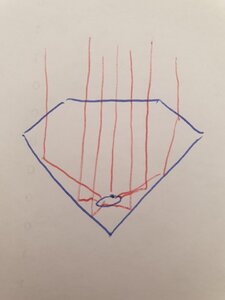
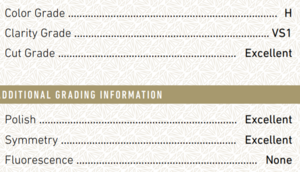

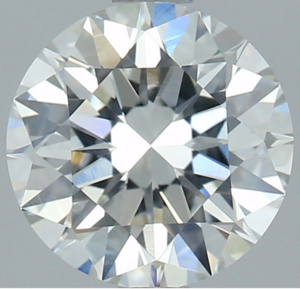
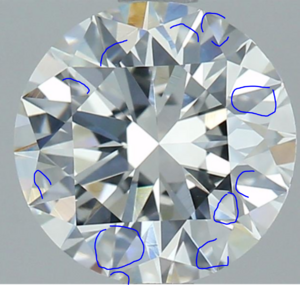
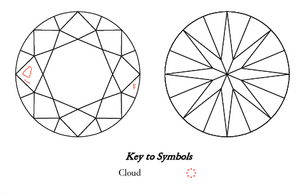
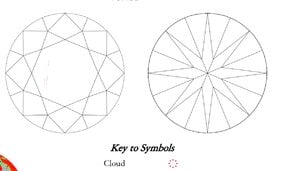


300x240.png)